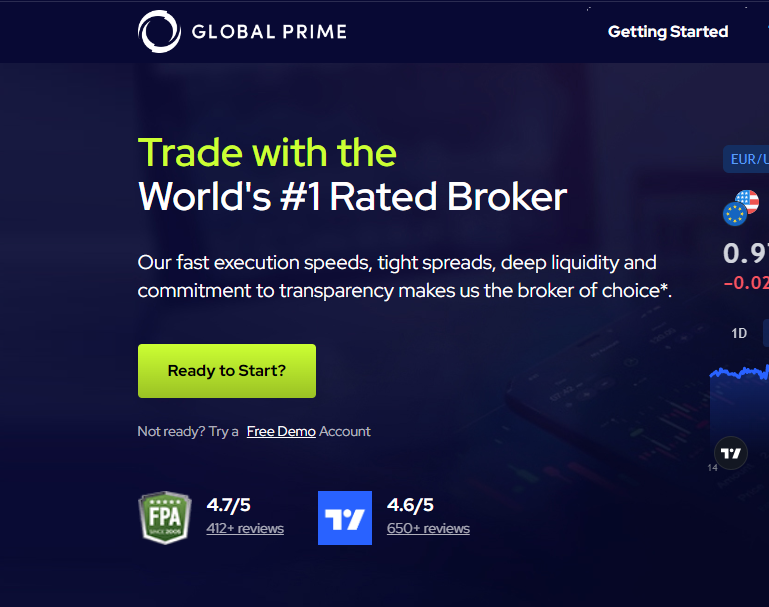Are you drowning in debt and looking for a way to finally break free? Two popular debt repayment strategies that could help are the debt avalanche and the debt snowball methods. But which one will actually help you pay off your debts faster?
In this article, we will explore the differences between the debt avalanche and the debt snowball methods and analyze their effectiveness in tackling debt.
The debt avalanche method involves prioritizing your debts based on interest rates, paying off the highest interest rate debt first. This approach can save you money on interest payments in the long run but may take longer to see noticeable progress.
On the other hand, the debt snowball method focuses on paying off the smallest debt first while making minimum payments on the larger debts. This method provides quick wins and motivation as you see your debt shrinking, but it may not be the most financially efficient approach.
By the end of this article, you will have a clearer understanding of which method is better suited to your financial situation and goals.
What’s the debt avalanche method
The debt avalanche method involves prioritizing your debts based on interest rates, paying off the highest interest rate debt first. This approach can save you money on interest payments in the long run but may take longer to see noticeable progress.
When using the debt avalanche method, you start by listing all your debts from highest to lowest interest rate. You then make minimum payments on all your debts except the one with the highest interest rate. Any extra money you have available for debt repayment should be put towards paying off this debt. Once the highest interest rate debt is paid off, you move on to the next one on the list.
Implementing the debt avalanche method requires discipline and patience. It may take some time before you see a significant reduction in your overall debt, but it can be a financially savvy approach in the long term.
Advantages of the debt avalanche method
Here are 5 advantages of using the debt avalanche method:
1. Interest Savings
The primary advantage of the debt avalanche method is that it minimizes the amount of interest paid over the life of the debts. By tackling high-interest debts first, you reduce the overall cost of repaying your loans.
2. Faster Debt Repayment
Prioritizing high-interest debts means you can pay off those balances more quickly. This method helps you become debt-free faster compared to methods that don’t consider interest rates.
3. Financial Efficiency
The debt avalanche method is financially efficient because it targets the most costly debts first. This approach allows you to allocate more of your resources toward reducing your total debt burden.
Also Read: How to Pay Off Debt Faster?
4. Improved Credit Score
Successfully paying off debts can have a positive impact on your credit score. As you eliminate high-interest debts, you may see an improvement in your creditworthiness over time.
5. Financial Awareness
The debt avalanche method encourages a thorough understanding of your debts, including interest rates. This increased financial awareness can help you make more informed decisions about your finances.
Don’t Miss: Upper, Middle, Lower Class, & Other Social Classes Explained
Steps to implement the debt avalanche method
To implement the debt avalanche method, follow these steps:
1. List all your debts from highest to lowest interest rate.
2. Make minimum payments on all your debts except the one with the highest interest rate.
3. Allocate any extra money towards paying off the highest interest rate debt.
4. Once the highest interest rate debt is paid off, move on to the next one on the list.
5. Repeat the process until all your debts are paid off.
Examples of using the debt avalanche method in real life situations
Let’s look at a couple of examples to see how the debt avalanche method works in practice.
Example 1
– Credit Card A: $5,000 at 18% interest rate
– Student Loan B: $10,000 at 6% interest rate
– Car Loan C: $15,000 at 4% interest rate
Using the debt avalanche method, you would prioritize paying off Credit Card A first, as it has the highest interest rate. Once Credit Card A is paid off, you would move on to Student Loan B and then Car Loan C.
Example 2
– Personal Loan X: $20,000 at 12% interest rate
– Medical Bill Y: $2,000 at 0% interest rate
– Store Credit Card Z: $1,000 at 20% interest rate
In this example, you would prioritize paying off Store Credit Card Z first, followed by Personal Loan X, and then Medical Bill Y.
What’s the debt snowball method
On the other hand, the debt snowball method focuses on paying off the smallest debt first while making minimum payments on the larger debts. This method provides quick wins and motivation as you see your debt shrinking, but it may not be the most financially efficient approach.
With the debt snowball method, you start by listing all your debts from the smallest to the largest amount owed. You then make minimum payments on all your debts except the smallest one. Any extra money you have available for debt repayment should be put towards paying off this smallest debt. Once the smallest debt is paid off, you move on to the next one on the list.
The debt snowball method is based on the belief that small victories can create momentum and keep you motivated on your debt repayment journey. By paying off smaller debts first, you experience a sense of accomplishment, which can fuel your determination to tackle larger debts.
Advantages of the debt snowball method
Here are 5 advantages of using the debt snowball method:
1. Simplicity
The debt snowball method is straightforward and easy to understand. It involves making minimum payments on all debts while putting extra money towards the smallest debt. This simplicity can make it more accessible for individuals who prefer straightforward approaches.
2. Quicker Reduction in the Number of Creditors
As you pay off smaller debts, you’re left with fewer creditors to manage. This simplifies your financial situation and can make it easier to track and manage your remaining debts.
3. Psychological Momentum
The debt snowball method emphasizes quick wins by targeting the smallest debts first. This approach provides a psychological boost as you experience success early in the debt repayment process, which can motivate you to continue.
4. Quick Results
Since the debt snowball method prioritizes paying off smaller debts first, you may see results more quickly than with other methods. This can be especially appealing if you are eager to see progress in a relatively short timeframe.
5. Clear Milestones
Paying off smaller debts creates clear milestones along the way. Achieving these milestones can provide a sense of accomplishment and progress, keeping you focused on your goal of becoming debt-free.
Steps to implement the debt snowball method
To implement the debt snowball method, follow these steps:
1. List all your debts from smallest to largest amount owed.
2. Make minimum payments on all your debts except the smallest one.
3. Allocate any extra money towards paying off the smallest debt.
4. Once the smallest debt is paid off, move on to the next one on the list.
5. Repeat the process until all your debts are paid off.
Examples of using the debt snowball method
Let’s look at a couple of examples to see how the debt snowball method works in practice.
Example 1:
– Store Credit Card A: $1,000
– Personal Loan B: $5,000
– Car Loan C: $10,000
Using the debt snowball method, you would prioritize paying off Store Credit Card A first, followed by Personal Loan B, and then Car Loan C.
Example 2:
– Medical Bill X: $500
– Credit Card Y: $3,000
– Student Loan Z: $20,000
In this example, you would prioritize paying off Medical Bill X first, followed by Credit Card Y, and then Student Loan Z.
Don’t Miss: What’s The Fastest Way To Pay Off Debt?
Choosing the right debt repayment strategy for you
Both the debt avalanche and the debt snowball methods have their pros and cons. The best debt repayment strategy for you ultimately depends on your financial situation, goals, and personal preferences.
Debt Avalanche Method is Better If:
- You want to minimize the total interest paid over the life of your debts.
- You are disciplined and can stick to a debt repayment plan without needing the psychological boost of quick wins.
- You prefer a logical and mathematical approach to debt repayment that prioritizes the most cost-effective strategy.
Debt Snowball Method is Better If:
- You need quick wins and regular doses of motivation to stay on track with your debt repayment plan.
- You find joy and encouragement in seeing tangible progress, even if it means paying a bit more in interest overall.
- You feel overwhelmed by the number of debts and creditors and want the peace of mind associated with tackling one debt at a time.
So, which method will you choose? The debt avalanche or the debt snowball? The decision is yours to make. Start your journey towards becoming debt-free today!
_____
Disclaimer: The information provided in this article is for informational purposes only. It should not be considered financial advice. Please consult with a financial advisor or professional before making any financial decisions.







